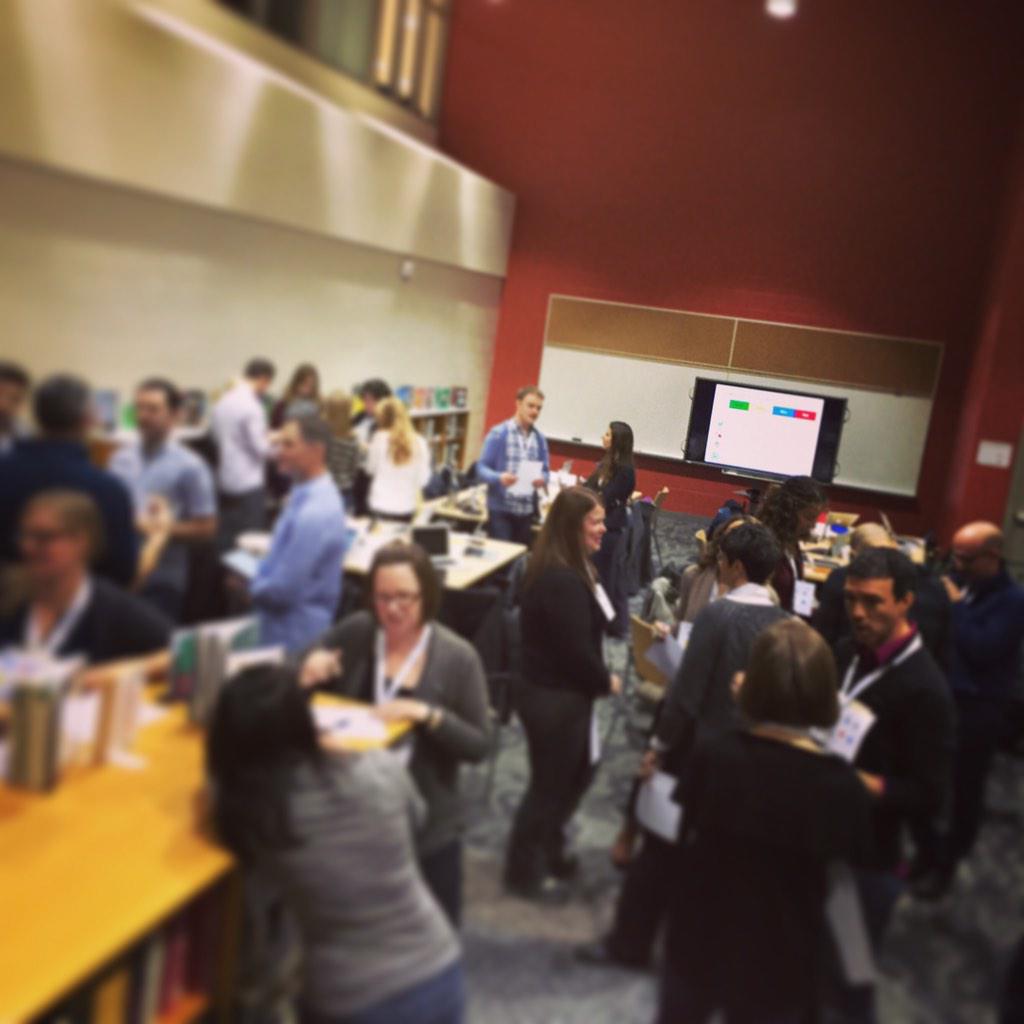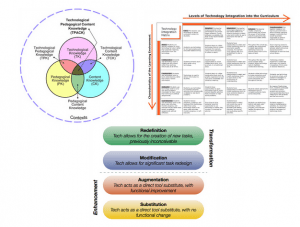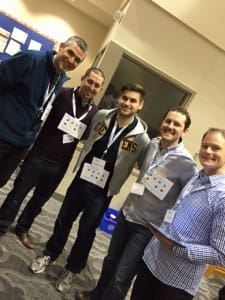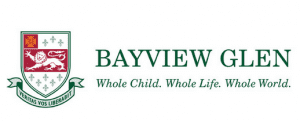Cohort 21 enjoyed a fantastic day at Bayview Glen this past Saturday reconnecting, exploring and diving deeper into thinking and learning about how technology can be used to improve student learning.


We kicked off the morning by focusing on re-connecting and getting to know each other a little more. Earlier in the week we had sent out a survey asking the cohort members to reflect on their comfort with the “Cohort 21 Toolkit”. Effective teaching is built on strong relationships and with that in mind, we used the data from our survey to help members reflect on their own growth in skills related to the toolkit. After assigning themselves a level based on their own experiences, we orchestrated a series of tasks to help our members find the human resources to help them ‘level-up’ in different areas of the toolkit. It is an exercise that can be applied to classes to help construct effective groups that leverage student pre-knowledge, or skill-set, to help other students build their own skills. We call this Meta-gogy.
Once we re-established these fantastic relationships, and realizing the huge array of expertise, knowledge and passion in the room, we launched our discussion on MoonShot Thinking with this video.
It is inspirational, and we used it to motivate our members to think of what radical change could positively shift education, and in our group this past Saturday, we had some excellent ideas. Here are the results of our Socrative Poll listing these great ideas! Using the voting functiong in Socrative, there was a coalescing around the idea of a “mobile school” – can’t wait to read the blog post on this from one of our members!
This served as the perfect launching pad to introduce the Cohort 21 Action Plan. This is what is going to be occupying the members from now until the end of this year, and ultimately, beyond in their career. Garth refers to this as the “end of the beginning” of the journey, and the first real foray into shifting the practice of the Cohort members. The action plan is best understood through previous examples, but it is meant to be Authentic, Research-Based, Supported by their Cohort PLN, and Published along the way.
Members can begin thinking about their Action Plan now, using Twitter to see what is possible in their area, blogging about their ideas to get feedback and using Diigo to start finding and curating great resources. A great process to use in the Design Thinking Process. It can be outlined best in this graphic:


1) Understand
What areas of education are most meaningful to you: Is it assessment & evaluation? Timetabling? Edtech? Growing Success?
2) Observe/Question
What is being done in your school already. Look at what is being done in other schools too. You can frame this as a research question; this is a great spot to get your curriculum leader involved
3) Define your area/the problem/growth
This is where you narrow your focus and begin to think of the different ways you could answer the question you’ve posed

4) Ideate
Start developing strategies, Leverage your PLN to see what they know, what they can suggest, and to help you find great resources; Use the different tools within the Cohort 21 toolkit; and use your human resources to help you Level Up where you need it
5) Prototype & Test
Start implementing these ideas,; this is where it might get a little messy, a little chaotic, but enjoy these times as times of growth in your own practice; share your successes and obstacles, your challenges and breakthroughs to get that continued support from your PLN
And all of that took place in the morning!
After a great lunch and tour of the Bayview Glen Moatfield campus, we were back at it challenging our own understandings and application of educational technology through different lenses: Derek lead us through TIM, Leslie lead us through SAMR and Garth lead an inquiry-based approach to explore TPACK.




Check out some of the interpretations of TPACK here:
[youtube]https://www.youtube.com/watch?v=XWykrsy5Rew[/youtube] [youtube]https://www.youtube.com/watch?v=Dq3tbXLc8qQ[/youtube]
With our heads spinning, our ideas swimming, and our minds shifting, we ended the day with reinforcing that the action plan is not something that has a deadline. It is a way to help you structure your path in Cohort 21: how you can use the resources, both digital and human; how you can make sense of the 

ideas being introduced, like TPACK, TIM and SAMR; and how you can internalize professional development to help improve student engagement, motivation and learning.
We are looking forward to the upcoming blog posts, tweets and posts to Google+. We also want to be sure to leverage the expertise of @derekdoucet and begin to see Diigo as a powerful tool for moving forward.




Thank you, Justin, for this blog! It gave me a snapshot of what I missed yesterday!
Garth,
I love the connection to the design process, and can’t wait to see this in action as teacher’s develop their action plans. Thanks for a great day!
Leslie